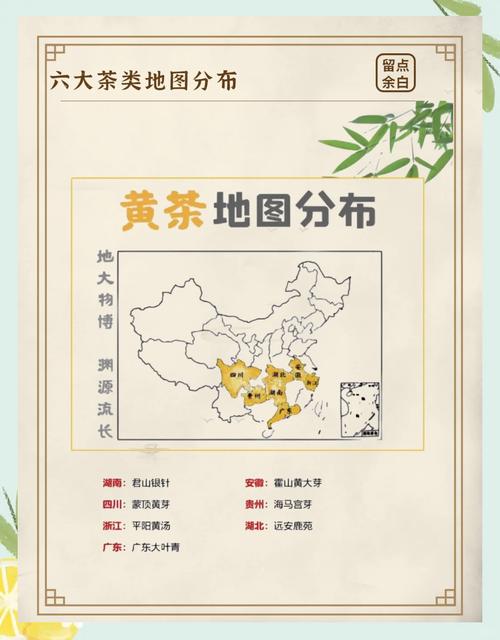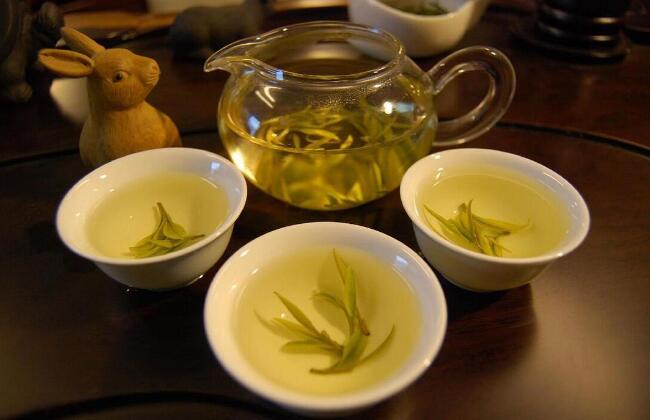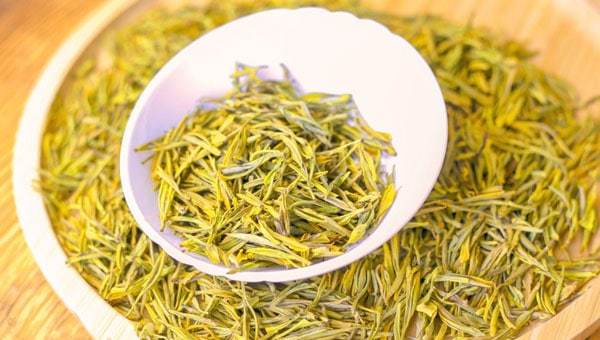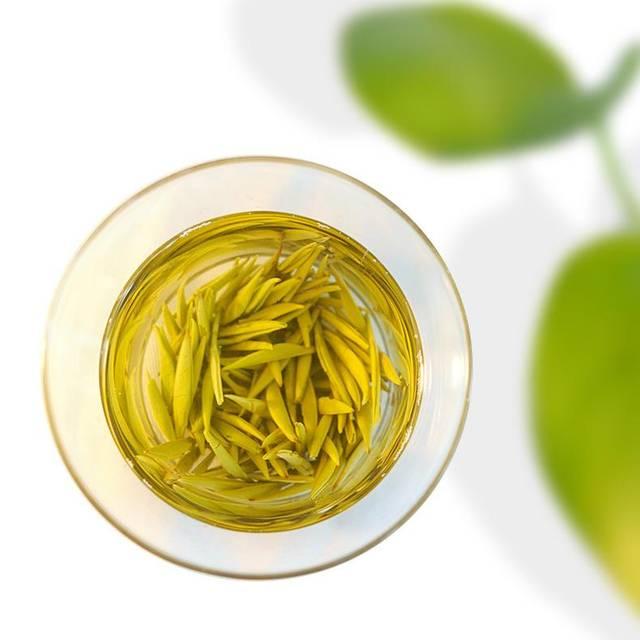Yellow tea, a unique and cherished type of tea in China, boasts a rich history and distinctive flavor. This article delves into the geographical distribution of Chinese yellow tea, exploring its main producing areas, growing environments, and varietal characteristics.

Main Producing Areas
Yellow tea is primarily produced in several provinces across China, each contributing its unique terroir and production techniques to the final product. The major producing regions include Hunan, Sichuan, Anhui, Zhejiang, and Hubei.
- Hunan Province: Renowned as the “Hometown of Chinese Yellow Tea,” Hunan is home to famous yellow tea varieties such as Junshan Yinzhen and Weishan Maojian. The province’s warm and humid climate, coupled with fertile soil, provides ideal conditions for cultivating high-quality yellow tea.
- Sichuan Province: Sichuan, particularly the Mengding Mountain area, is famous for producing Mengding Huangya, one of the most prestigious yellow teas in China. The region’s high altitude and misty climate contribute to the tea’s unique flavor and aroma.
- Anhui Province: Anhui is known for its Huangda Cha, a type of yellow tea that is produced in Jinzhai and Huoshan counties. The province’s mountainous terrain and fertile soil impart a distinct character to the tea.
- Zhejiang Province: Zhejiang produces a variety of yellow teas, including Pingyang Huangtang and Mogan Huangya. The province’s coastal climate and rich soil contribute to the tea’s delicate flavor and aroma.
- Hubei Province: Hubei, particularly the Yuan’an area, is famous for its Yuan’an Luyuan Cha, a high-quality yellow tea. The region’s unique terroir and production techniques result in a tea with a mellow and lasting taste.
Growing Environment
Yellow tea thrives in warm and humid climates, with temperatures ranging between 18°C and 22°C. The ideal growing environment for yellow tea includes fertile, well-drained acidic soil with a pH value between 4.5 and 5.5. The tea plants require sufficient sunlight and moderate shading, as excessive sunlight can lead to withering leaves.
Yellow tea is typically cultivated in mountainous regions with high humidity and annual precipitation ranging between 1,500 and 2,000 millimeters. These conditions are conducive to the tea plants’ growth and development, resulting in high-quality tea leaves.
Varietal Characteristics
Yellow tea is classified into three main categories based on the tenderness of the leaves and the size of the buds: Huangya Cha, Huangxiaocha, and Huangdacha.
- Huangya Cha: This category includes famous varieties such as Junshan Yinzhen, Mengding Huangya, and Huoshan Huangya. These teas are characterized by their fat buds, covered with white downy hairs, and a fresh, mellow taste.
- Huangxiaocha: This category includes teas such as Beigang Maojian, Weishan Maojian, and Pingyang Huangtang. These teas feature one bud and one or two leaves, with a delicate flavor and aroma.
- Huangdacha: This category includes teas such as those produced in Anhui’s Jinzhai and Huoshan counties. These teas are characterized by their larger leaves and a stronger, more robust flavor.
Conclusion
Chinese yellow tea, with its rich history and distinctive flavor, is produced in various regions across China. Each producing area contributes its unique terroir and production techniques to the final product, resulting in a diverse range of yellow teas. Whether it’s the delicate Junshan Yinzhen from Hunan or the robust Huangda Cha from Anhui, Chinese yellow tea continues to captivate tea enthusiasts with its unique charm and health benefits.



